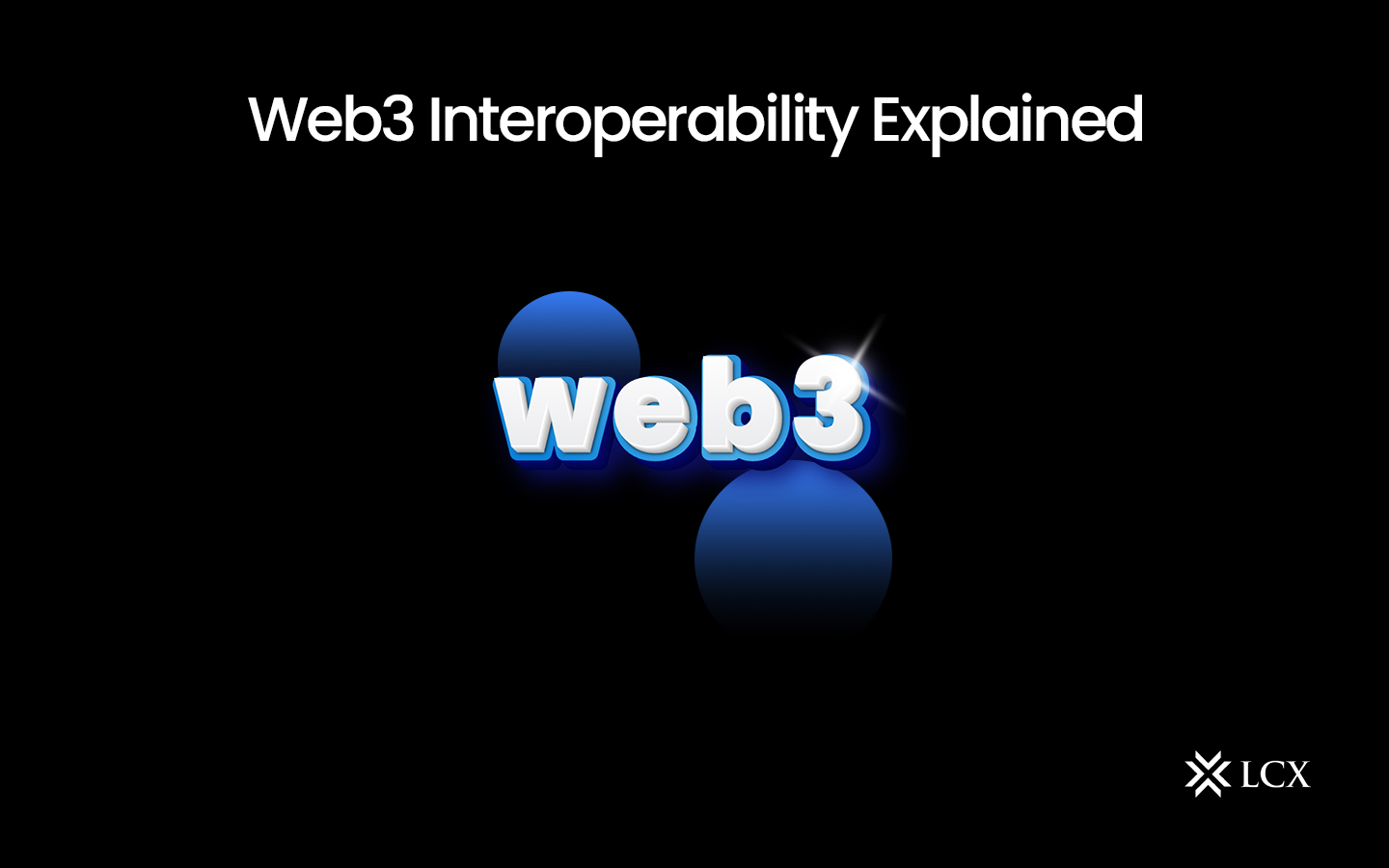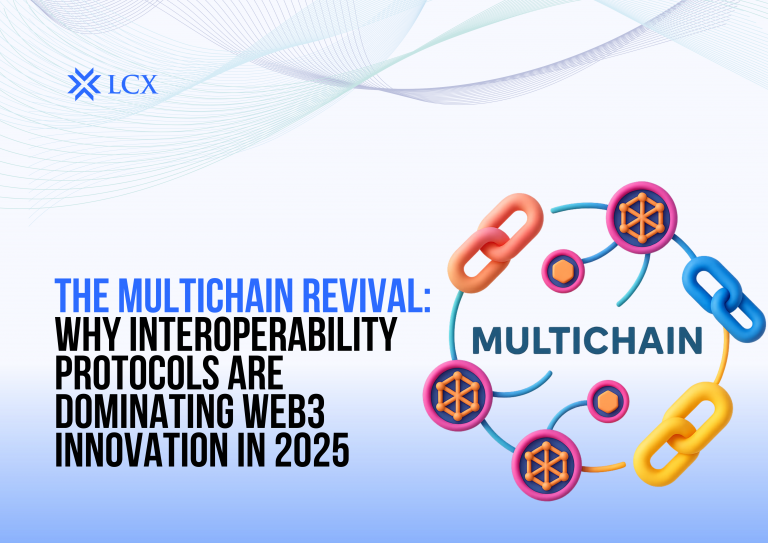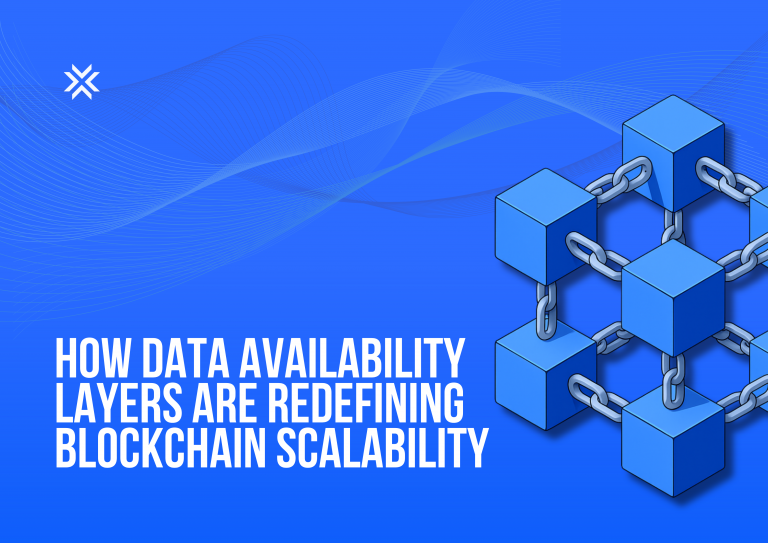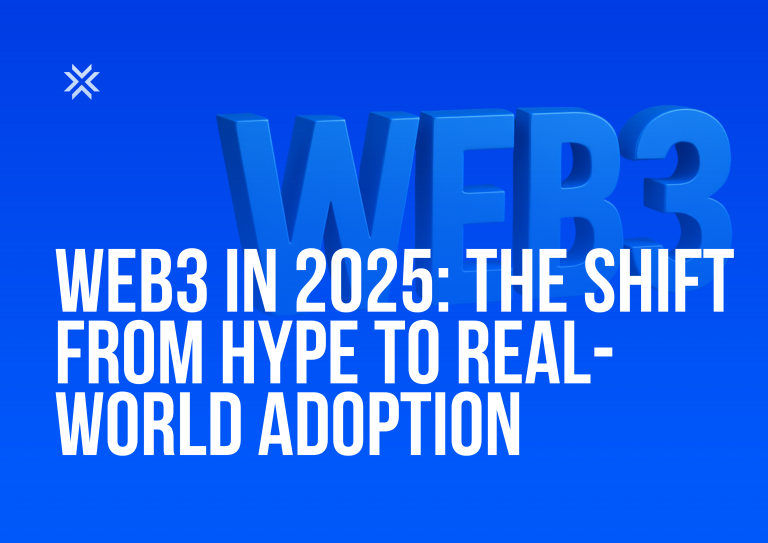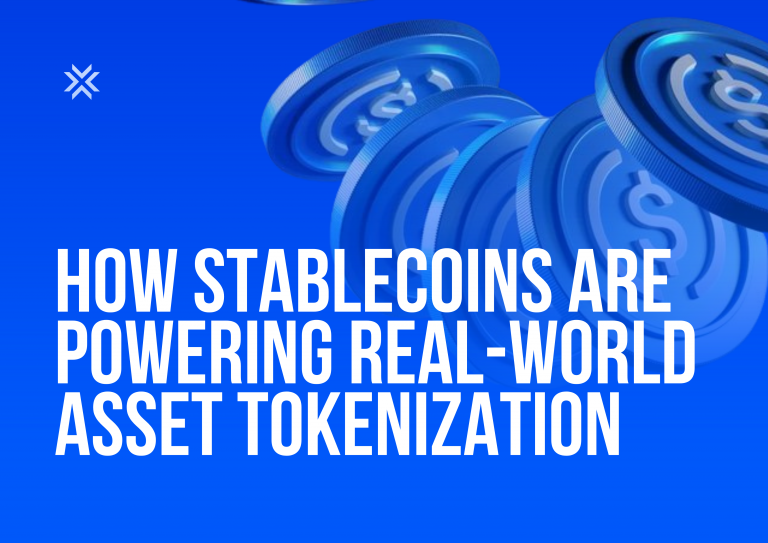Introduction
Since its inception, the internet has undergone significant development, transforming into Web3, a decentralized and user-centric web that is heavily reliant on blockchain technology. The evolution of blockchain technology has paved the way for a decentralized future, where trust, transparency, and efficiency reign supreme. At the heart of Web3 lies interoperability, a key concept that aims to break down silos and enable seamless communication and collaboration across different blockchain networks.
Interoperability emerges as a pivotal element in the dynamic digital environment, guaranteeing uninterrupted communication among diverse blockchain networks and empowering users to fully exploit the capabilities of Web3. In this blog post, we’ll delve into the significance of Web3 interoperability, its challenges, and the promising solutions that are emerging to unlock the full potential of the decentralized ecosystem.
Understanding Web3 Interoperability
Web3 interoperability refers to the ability of different blockchain networks to communicate and share information with each other. In the current landscape, various blockchains operate in isolation, each with its own set of rules, protocols, and smart contracts. This lack of interoperability inhibits the fluid movement of assets, data, and functionality across different networks, limiting the potential of decentralized applications (dApps) and the overall Web3 vision.
Challenges in Achieving Interoperability
Divergent Standards: The absence of standardized protocols across blockchain networks makes it challenging to establish a universal language for communication. Each blockchain has its unique features, consensus mechanisms, and smart contract languages, creating a barrier for interoperability.
Scalability Concerns: As the number of blockchain networks continues to grow, scalability becomes a significant concern. High transaction volumes, latency, and congestion can hinder the smooth transfer of assets and data between different blockchains.
Security Risks: Interoperability introduces new security challenges, as vulnerabilities in one blockchain could potentially affect interconnected networks. Ensuring the integrity and security of cross-chain transactions is a critical aspect that must be addressed.
Lack of Incentives: Without proper incentives, blockchain projects may be reluctant to adopt interoperability standards. Establishing a framework that rewards collaboration and data sharing is essential to drive the adoption of interoperable solutions.
Promising Solutions for Web3 Interoperability
Cross-Chain Bridges: Cross-chain bridges act as connectors between different blockchains, enabling the transfer of assets and data. These bridges use various mechanisms such as hashed time-locked contracts (HTLCs) to ensure secure and verifiable transactions across chains.
Interoperability Protocols: Initiatives like the Interledger Protocol (ILP) and the Blockchain Interoperability Alliance (BIA) are working towards developing standardized protocols that facilitate seamless communication between blockchains. These protocols define a common set of rules for data exchange and smart contract execution.
Atomic Swaps: Atomic swaps allow users to exchange assets directly between different blockchains without the need for an intermediary. This trustless mechanism ensures that either the entire swap occurs, or none of it does, eliminating counterparty risk.
Sidechains and Polkadot: Projects like Polkadot employ a relay chain and parachain architecture, allowing different blockchains to connect to a central relay chain. This provides a scalable and secure framework for interoperability.
Incentive Mechanisms: To encourage blockchain projects to embrace interoperability, incentive mechanisms such as staking rewards, token swaps, and liquidity provision rewards are being explored. These incentives create a symbiotic relationship between interconnected networks.
The Future of Web3 Interoperability
As the blockchain space continues to evolve, Web3 interoperability is poised to play a pivotal role in shaping the decentralized future. Several developments are expected to drive the progress in this space:
Standardization Efforts: Ongoing efforts to standardize protocols and establish common standards will be crucial for achieving widespread interoperability. Collaborative initiatives among blockchain communities and industry players will be instrumental in driving these efforts.
Rise of Multi-Chain Platforms: Multi-chain platforms, such as Polkadot, Cosmos, and Avalanche, are gaining traction as they offer solutions to interoperability challenges. These platforms act as hubs, connecting various blockchains and fostering a more connected and collaborative ecosystem.
Growing Ecosystem Collaboration: Increased collaboration among blockchain projects and ecosystems will be essential for fostering interoperability. Consortia and alliances dedicated to interoperability, like the Blockchain Interoperability Alliance, will play a pivotal role in creating common standards and frameworks.
Maturation of Interoperability Solutions: As the technology matures, we can expect to see more refined and secure interoperability solutions. Innovations in cryptographic techniques, consensus algorithms, and cross-chain communication protocols will contribute to the development of robust interoperability frameworks.
Conclusion
Web3 interoperability holds the key to unlocking the full potential of decentralized ecosystems. By breaking down silos and fostering seamless communication between different blockchain networks, we can create a more interconnected and efficient digital landscape. As the industry continues to address the challenges and implement innovative solutions, we are witnessing the gradual emergence of a decentralized future where users have greater control and autonomy over their digital experiences. The journey towards Web3 interoperability is an exciting one, and as the technology evolves, so too will the possibilities for a truly decentralized and interconnected world.
